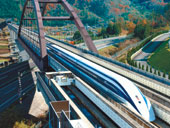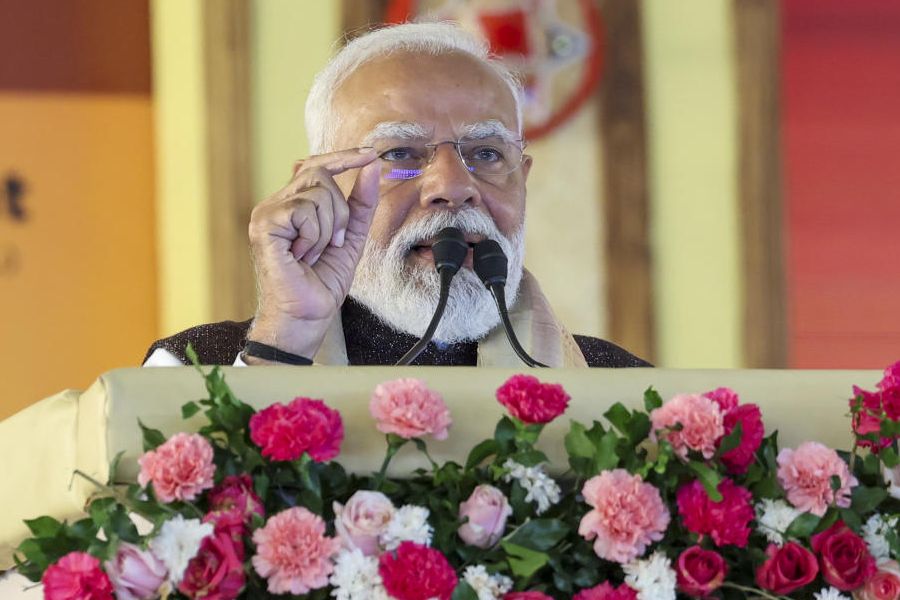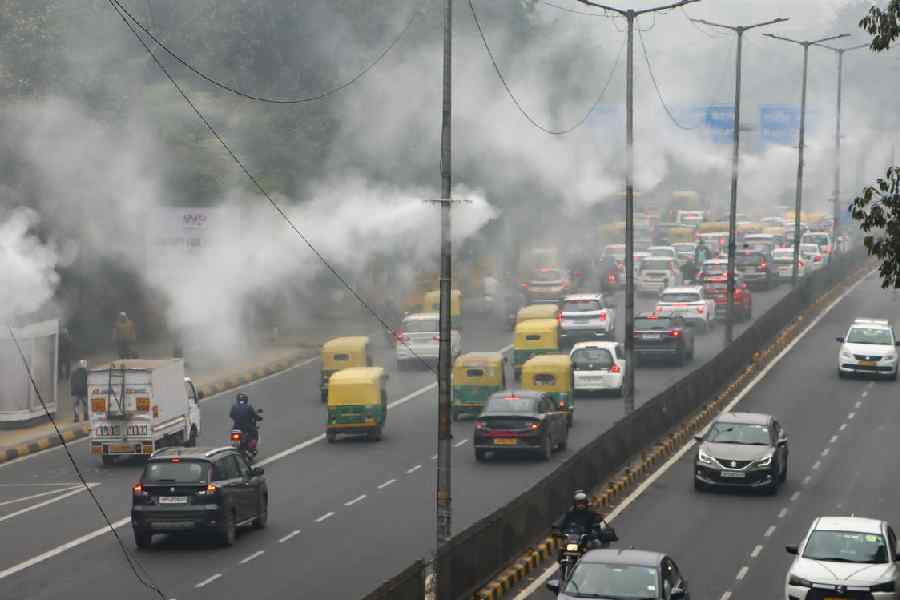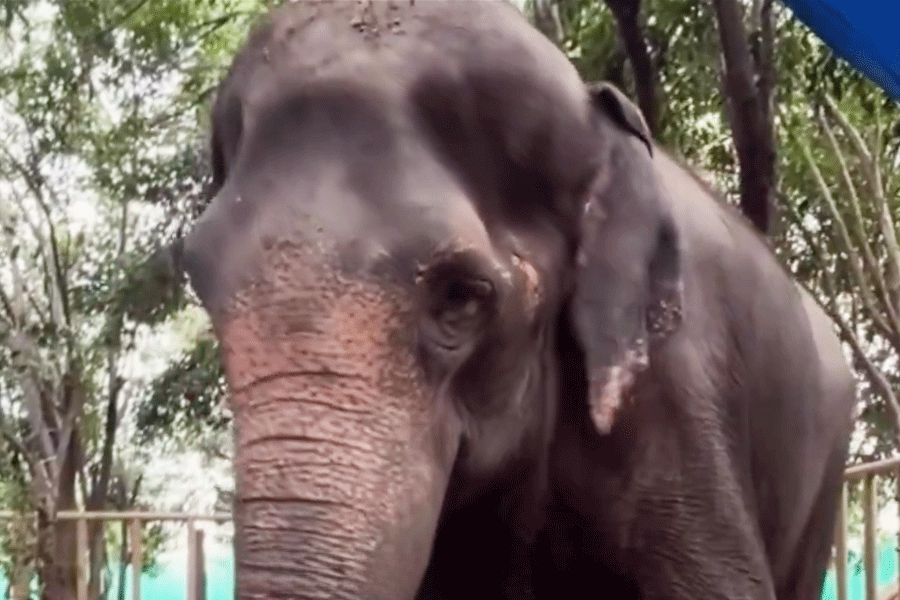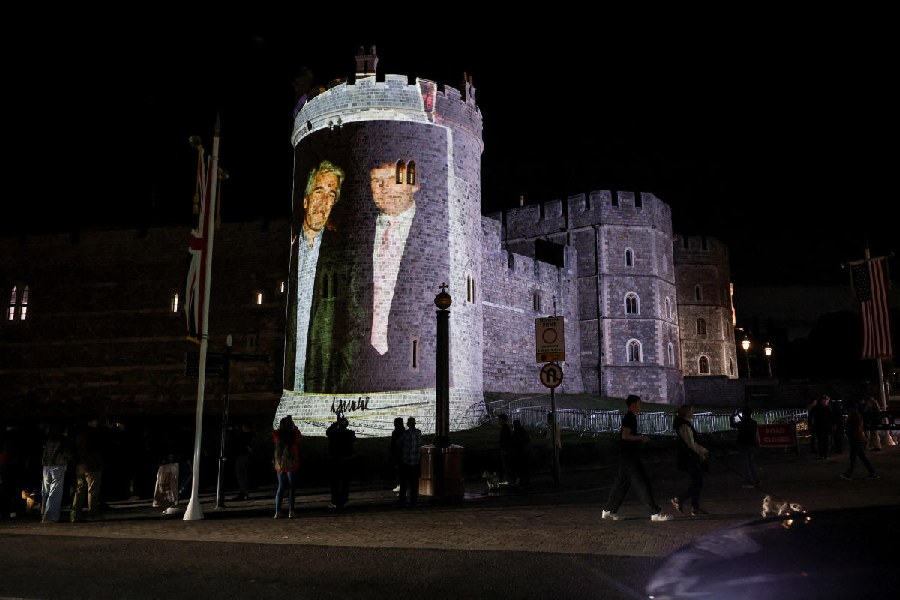 |
| THE MAGNETICALLY-LEVITATED TRAIN IN YAMANASHI |
It?s the country famous for its cameras and cars, its manga comics and sushi bars. But it?s also known for its geishas, kabuki and noh theatres, sumo wrestling and tea ceremonies. In short, Japan blends hi-tech modernity with centuries-old tradition.
Unfortunately, it?s also a country with a language barrier higher than the Great Wall of China. So, travellers will have to sleep with their Japanese-English dictionaries under their pillow.
But if you?re planning to visit Japan, avoid the last week of December and the first week of January ? the busiest travel season for Japanese people.
Tokyo
A trip to Japan invariably starts in Tokyo, the giant metropolis famed for its neon lights and cramped apartments. Most people find that the best way to experience Tokyo is to just wander about. There are, of course, many tourist sites to see too.
The Tokyo National Museum: This is Japan?s largest museum, with the world?s largest collection of Japanese art. The main gallery has Japanese sculptures, swords, writing and porcelain. There are also galleries for Asian art and archaeological finds, Japanese archaeology and Horyu-ji treasures
Tsukuji Fish Market: This is a sight to see if you can handle the smell. Get up early to catch a glimpse of the unbelievably-sized fish and crustaceans sold here. The fish are destined for the city?s many sushi bars and stores. Although the actual cleaning the fish is closed to the public, you?re free to wander among the stalls and look around.
Kabuki: For those interested in Japan?s cultural past, stop by at the Kabuki-za theatre in Ginza. This is a Japanese form of theatre, and while you watch, English narration is available on earphones. Performances can go on for three hours or more, but you can get a ticket for just part of the show (there are no earphones available though).
Imperial Palace and East Garden: Home of Japan?s Imperial family, the palace and garden is open for public viewing only on one day of the year: January 1. The East Garden, situated on what was once the centre of the old castle, is open to the public and has a tea pavilion and lawns. It can be entered through the Ote-mon Gate. The palace can be viewed too, but most of the rooms are off-limits and the precious artefacts too, are under heavy security.
 |
| SUMO WRESTLERS |
Himeji-jo Castle: This is the finest surviving example of early 17th-century Japanese castle architecture, comprising 83 buildings with highly developed systems of defence and ingenious protection devices dating from the beginning of the Shogun period. A masterpiece in wood, it combines function with aesthetic appeal, both in its elegant appearance unified by the white earthen walls and in the harmony between the buildings and the multiple roof layers.
Meiji-Jingu Shrine: Built in honour of the Emperor Meiji and Empress Shoken, this is Tokyo?s most impressive Shinto shrine. Built in 1920, it was destroyed during World War II, but was rebuilt. Originally constructed in Japanese cypress wood, the rebuilt structure too used the same wood and material. Surrounding Meiji-Jingu are two parks ? Koen Park and Yoyogi Park. The nearby Harajuku shopping area can be clubbed in for a fun-filled day.
Kamakura
The one-time capital of Japan, Kamakura has many Buddhist temples and Shinto shrines, including the famous Daibutsu (The Great Buddha), a 11.4m tall, 850-ton bronze statue. Close to the Daibutsu is the Hase-dera Temple with its famous wooden Kannon statue. The nearby beach is a popular haunt for bathers in summer.
Nikko
Nikko is a mass of temples and shrines and worth the two-hour drive from Tokyo. Besides the three major attractions of Tosho-gu Shrine, Rinno-ji Temple and Futara-sanjinja Shrine, there are many tombs, halls and temple gates. It?s cost-effective to buy a ticket for the entire tour, though you can also get tickets for each individually.
Kyoto
Kyoto is Japan?s second most popular tourist destination. It?s famous for its many well-preserved historical sites. Kyoto was Japan?s capital and the emperors? residence through part of the first and most of the Second Millennia. Untouched during World War II, Kyoto has the best-preserved examples of Japanese feudal history. For temple aficionados, Kyoto is the place to be, given its many old shrines and palaces.
As the centre of Japanese culture for over 1,000 years, Kyoto illustrates the development of Japanese wooden architecture, particularly religious architecture and the art of Japanese gardens, which has influenced landscape gardening the world over.
 |
| A VIEW OF THE IMPERIAL PALACE |
Hiroshima and Nagasaki
Know best for awakening the conscience of the world, Hiroshima and Nagasaki have been rebuilt after World War II. Modern day Hiroshima is known as a ?peace? centre with its Peace Park and Peace Memorial Museum as the main tourist attraction.
Nagasaki was one of Japan?s principal ports in the 1600s, giving the town a pronounced European flavour. Partly destroyed by the hydrogen bomb during World War II, Nagasaki is today known for its Peace Park and the Sofuku-ji temple.
Nara
Once the capital of Japan, Nara is a beautiful place with splendid Shinto and Buddhist temples and more than 40 Buddhist monuments. Several of the temples date as far back as the late 7th century, making them some of the oldest surviving wooden buildings in the world. These are important not only for the history of art, since they illustrate the adaptation of Chinese Buddhist architecture to Japanese culture, but also for the history of religion, since their construction coincided with the introduction of Buddhism to Japan.
Yakushima
This is a roundish island that rises out of the ocean south of Kagoshima, the southern tip of Kyushu. In the middle of the island, the peak of Mt Miyianoura rises to 1,935m. The mountainous island boasts more than 30 peaks of over 1,000m; sub-tropical to sub-arctic vegetation that ranges from the shores to the mountain tops and heavy rainfall.
The area exhibits rich flora including ancient specimens of the Yakusugi (Japanese cedar). It also contains a remnant of a warm-temperate ancient forest, unique to the region. The most ancient examples of Yakusugi on the island are thought to be about 3,500 years old. One tree, known as the Jomon Sugi, has a girth of 16.4m, which would make it 7,200 years old. This type of ancient forest of giant trees is precious both for its ecology and its morphology. It also provides a place of survival for birds that are in danger of extinction, such the Ryukyu robin and the Izu thrush.
Also, don?t pass up a visit to...
Historical villages of Shirakawa-go and Gokayama
Located in a mountainous region, cut off from the rest of the world for a long time, these villages with their Gassho-style houses subsisted on the cultivation of mulberry trees and the rearing of silkworms. The large houses with their steeply-pitched thatched roofs are the only ones of their kind in Japan. Despite economic upheavals, the villages of Ogimachi, Ainokura and Suganuma are outstanding examples of a traditional way of life.
 |
| KABUKI THEATRE |
Daisetsuzan National Park
Most people visit Hokkaido to enjoy the island?s reputation as Japan?s most scenic landscape. The Daisetsuzan National Park situated here is the best place to see ?wild? Japan. The park offers the outdoor enthusiast great hiking and spectacular views.
As Japan?s largest national park, Daisetsuzan is arguably the most beautiful as well. The park bursts with mountains, rivers, gorges, forests, flowers, waterfalls, animals and hiking trails. It also contains three volcanic mountain areas, including the highest in Hokkaido, Mt Asahi. It?s best to explore the area from Sounkyo Onsen, near the Sounkyo Gorge.
Mt Fiji
Japan?s pastoral countryside unfolds as you depart Tokyo and the favourite destination is Mt Fuji-Hakone-Izu National Park. The main attraction here is majestic Mt Fuji, a dormant volcano that last erupted almost 300 years ago. The mountain?s perfectly shaped cone has inspired artists and poets for centuries. If the weather?s fine, a drive to the fifth station of the peak is allowed. The nearby hot-spring town of Hakone and Hakone National Park also offer panoramic views.
Techno and tradition
Japan, of course is the country with the technological edge. Its automatic vending machines are complex creations that deliver everything from manga comics to meals. And the land of Honda and Toyota has one of the world?s most developed transportation systems. The rail service alone covers all destinations and in addition, the national highway system is well developed and so is the domestic air service. Also check out Maglev, the magnetically-levitated train at Yamanashi.
Technology lovers will have a great time dropping in at the Sony building in Tokyo. Situated at the most popular shopping area ? the Ginza, the building is essentially a showroom. The latest Sony products including state-of-the-art digital cameras can be seen and tried out free of charge here. The Ginza by itself too, is a great place to look around and you will find some of the city?s most expensive and contemporary shops, bars and restaurants here.
Another innovative tourist attraction is the Subway Museum, which takes you down memory lane about the history and science of the subway. The TEPCO Electric Energy Museum at Denryokukan on the other hand, offers an excellent array of exhibits, including reviews of state-of-the-art automotive and home design products. The Kite Museum is another popular attraction that shows off more than 400 different kinds of kites from all over Japan.
For the party-lovers, Tokyo and Kyoto are the best places to visit. With international-standard restaurants, discotheques, bars, clubs and shopping malls, the urbanite will enjoy his stay at Japan. Roppongi is the most famous high-life district in Tokyo. With the numerous sushi bars, nightclubs and bars, Roppongi never sleeps, a true reflection of a 21st century city.
Japan is a heady mix. State-of-the-art electronic goods and age-old buildings nestle side-by-side. The urban fast paced nightlife is complemented with the geisha houses. The beauty of the country essentially lies in its diversity and mix.

